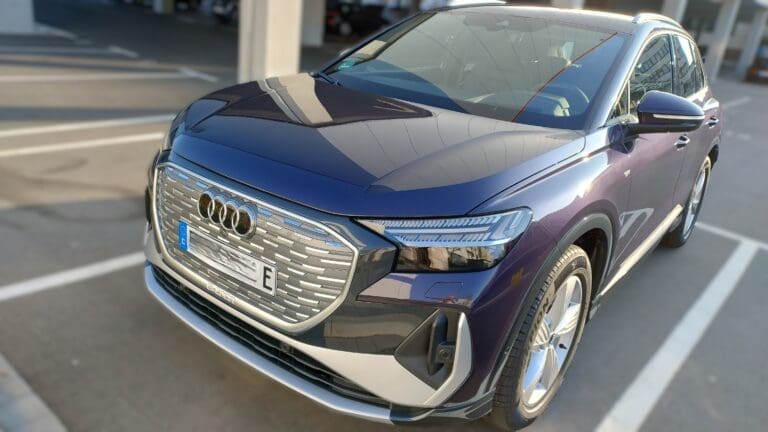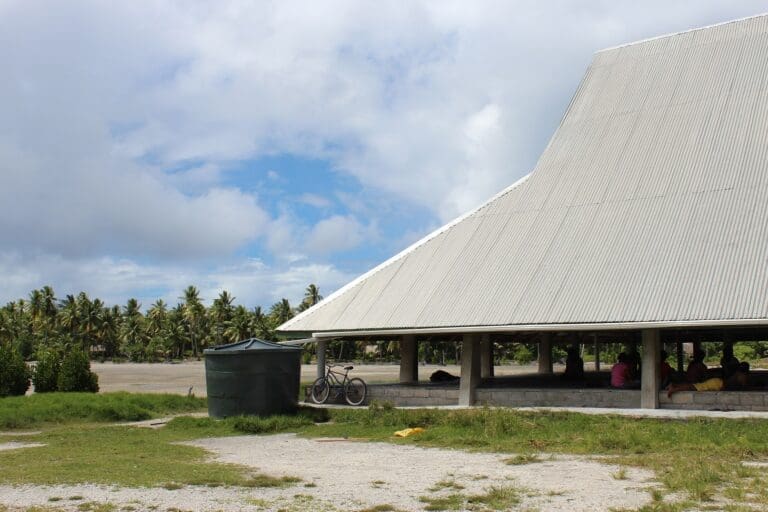The capital of Denmark is often hailed as a global leader in sustainable urban development, embodying many of the core principles of Solarpunk. With its commitment to renewable energy, green architecture, and sustainable transportation, Copenhagen is demonstrating the feasibility of creating a thriving and environmentally conscious metropolis.

Renewable Energy
Copenhagen is a pioneer in the use of renewable energy, supplied by large off-shore wind farms and biomass.[1] The overall Danish Climate Act foresees climate neutrality by 2050. The country has already achieved a major milestone, with electricity based on renewable energies being two thirds of the overall electric supply. 46% originates from wind energy and 11% from biomass.[2]

Green Architecture
Copenhagen implements clever green architecture, having for example an international school clad with a big integrated solar panel facade of 12,000 individual “tiles”, covering a surface of 6,000 sqm (64,583 sqft). This system provides half of the school’s electricity needs.[4]
Sustainable Transportation
Copenhagen has a well-developed network of cycling infrastructure with 400 km (250 mi) of separated bike lanes[3], and with more bikes than cars, it is one of of the most bike-friendly cities in the world. More than half of the Copenhageners commute to work or university by bike, and the city is constantly expanding its cycling lanes. Additionally, Copenhagen invests in electric vehicles, electric ferries and public transportation systems, further reducing its reliance on private cars.

Figures that Support Copenhagen’s Solarpunk Approach
- Cycling mode share: More than 50% of Copenhageners use their bikes as main means of transportation; they own on average 5 times more bikes than cars[5]
- Energy consumption reduction: Copenhagen has reduced its energy consumption per capita by 40% since 1990[4]
Copenhagen’s Legacy
Copenhagen’s commitment to sustainability has not only made it a more pleasant and livable city but has also positioned it as a global model for urban development. The city’s success in integrating renewable energy, green architecture, and sustainable transportation demonstrates the feasibility of creating a Solarpunk future, where cities can thrive without compromising the environment. As Copenhagen continues to innovate and set new benchmarks for sustainability, it paves the way for a brighter and more sustainable future for urban dwellers worldwide.
Sources:
[1] https://www.greencitytimes.com/copenhagen/
[2] https://www.trade.gov/country-commercial-guides/denmark-renewable-energy-products
[3] https://denmark.dk/people-and-culture/biking
[4] https://solarlab.global/project/copenhagen-international-school
[5] https://wwf.panda.org/wwf_news/?229197/Copenhagen-climate-plan








